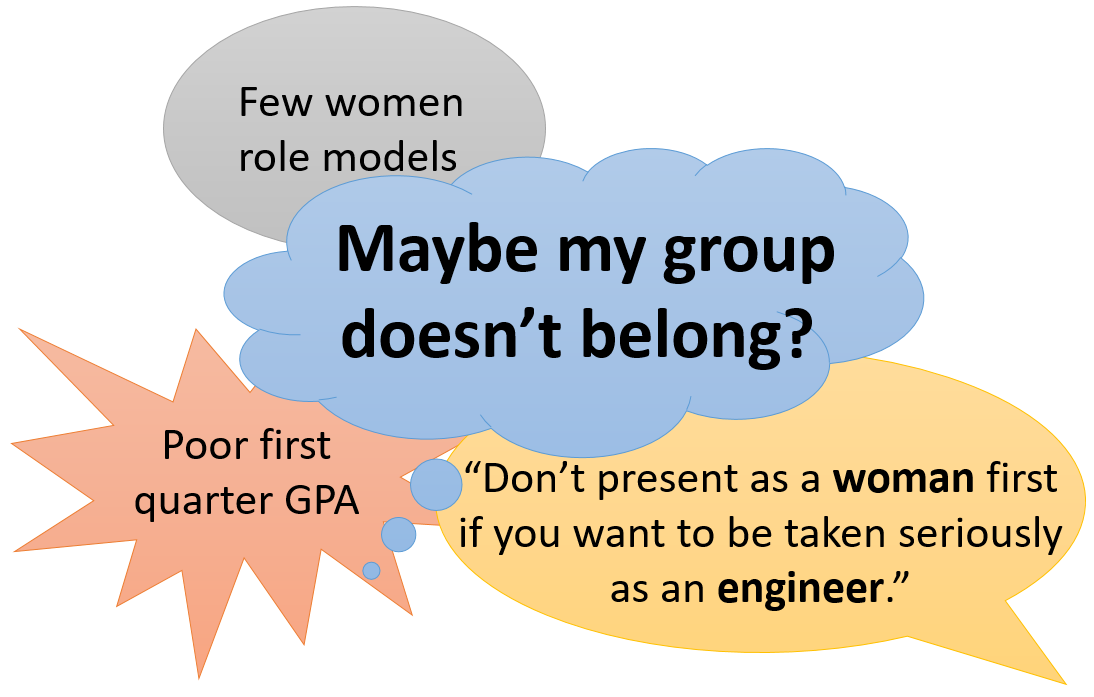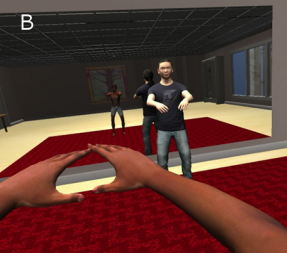A tribute to Ben Barres
/It was the day of my defense, and as I prepared to give the biggest talk of my life thus far, I looked out into the audience, and saw Ben Barres walk into the room. Normally, this would have been a totally unremarkable event. Ben was one of the members on my committee. Except these circumstances were not normal. Ben was diagnosed with terminal cancer just over a year earlier.
Read More









